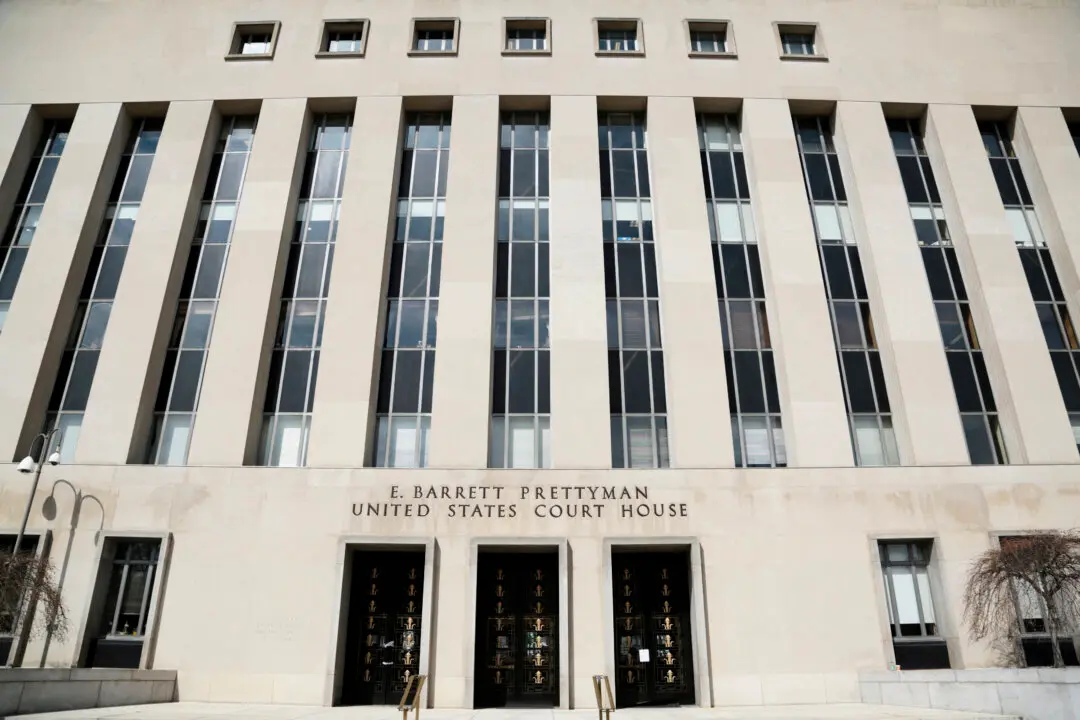This text appeared in the ‘Top Story’ email newsletter sent on Feb. 1, 2025.
President Donald Trump’s second week in office continued his blitz of executive decisions, leaving opponents scrambling to counter his agenda with some calling certain actions illegal.The 47th president is so far one of the most aggressive executives in U.S. history, experts say, but many actions will likely face court challenges.
Here’s a look at Trump’s dizzying second week.
On Monday, Trump fired more than a dozen lawyers at the Justice Department who had been part of the legal team prosecuting him in two criminal cases.
Later that day, Trump fired two Democrats from the Equal Employment Opportunity Commission (EEOC). The EEOC enforces civil rights laws in the workplace. The move appeared to target DEI policies.
Two officials on the National Labor Relations Board were also on Monday.
On Tuesday, the Office of Personnel Management issued a memo saying it would begin “enhanced standards of suitability and conduct” for federal employees and warned of future downsizing. The email offered a buyout of eight months’ salary to more than 2 million employees if they chose to leave voluntarily by Feb. 6.
Sen. Mark Warner (D-Va.) called the offer illegal.
On Wednesday Trump’s acting head of the White House Office of Management and Budget issued a memo directing federal agencies to pause financial aid disbursements pending a review to ensure grant applications meet the administration’s priorities.
Critics said the move was confusing and resulted in chaos. A federal judge issued a temporary stay on the pause before the end of the day. The following day, the White House rescinded the memo. Yesterday a second judge blocked the freeze saying it likely violates the Constitution.
Also on Wednesday, the administration revoked a decision made under the previous president that would have protected roughly 600,000 Venezuelans from deportation.
On Friday, Trump said 25 percent tariffs on Canada and Mexico, and 10 percent on China would begin today. He imposed the tariffs in response to the countries’ facilitation of illicit fentanyl flowing into the United States. The move marks a follow-through a pledge he first made in November.
The president also signed a dozen executive orders dealing with issues from gender transition to combatting anti-Semitism to setting up Guantanamo Bay to house illegal immigrants.
The flood of orders goes well beyond the pace of previous administrations, according to Aaron Dusso, an associate professor of political science at Indiana University Indianapolis.
“This is different, different than even Trump the first time,” Dusso told The Epoch Times. “I think it’s caught a lot of people off guard.”
“He is a whirlwind, a Category Five storm. He ‘floods the zone’ and it is difficult to keep up with him.” Michael A. Genovese, president of the Global Policy Institute at Loyola Marymount University, told The Epoch Times. “This strategy is intentional by the president.”
According to some observers, the point is to get as much done as quickly as possible. Lacking a strong majority in Congress, Trump is acting in unprecedented ways to advance his agenda.
“I think what he’s doing right now is testing the limits of what he can do as President of the United States,” David Schultz, a professor of political science and legal studies at Hamline University, told The Epoch Times. “And clearly the courts are going to trim back some.”
Schultz noted that during Trump’s first term, many legal challenges to his actions were successful. Despite the fact that Trump appointed three members of the current Supreme Court, Schultz does not expect it to rubber stamp Trump’s wishes.
“This is a court that guards its prerogatives,” Schultz said.
The court battles, and even losses, likely won’t deter this administration, according to Dusso.
“They spent four years learning, and then they spent four years planning,” Dusso said. “I think their idea is to push as hard as possible at every kind of edge and angle that the President could use.”
Though the pace and boldness of Trump’s actions may be new, the use of executive orders by an incoming executive is not, according to Genovese, who said executive orders are easily issued and just as easily reversed by a successor. Still, they make an immediate impression and signal strong leadership.
“Presidents like the control and the ‘illusion’ of power that executive orders give you,” Genovese said. “In a separated system with shared and overlapping power, it may be all you can get.”






